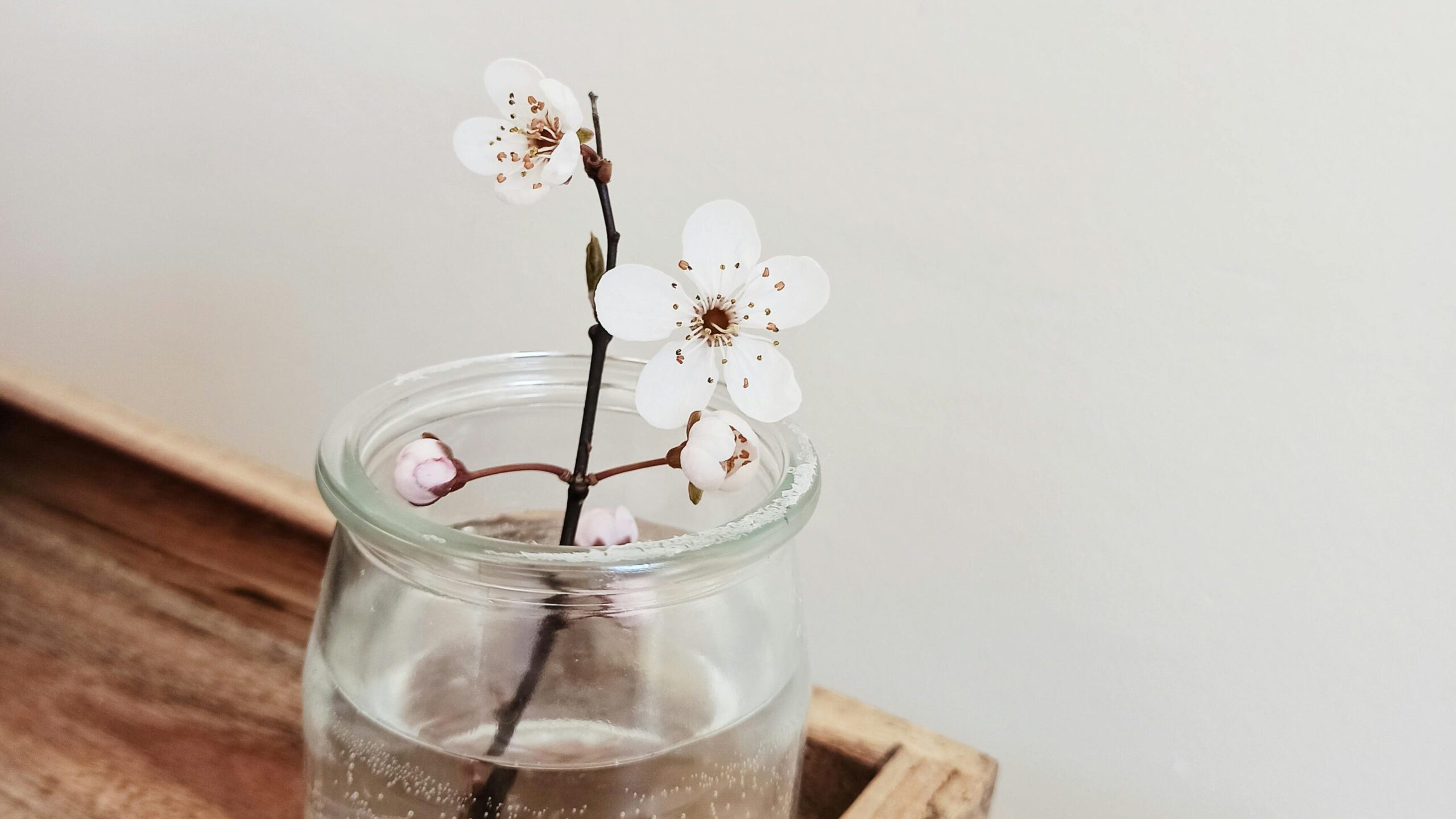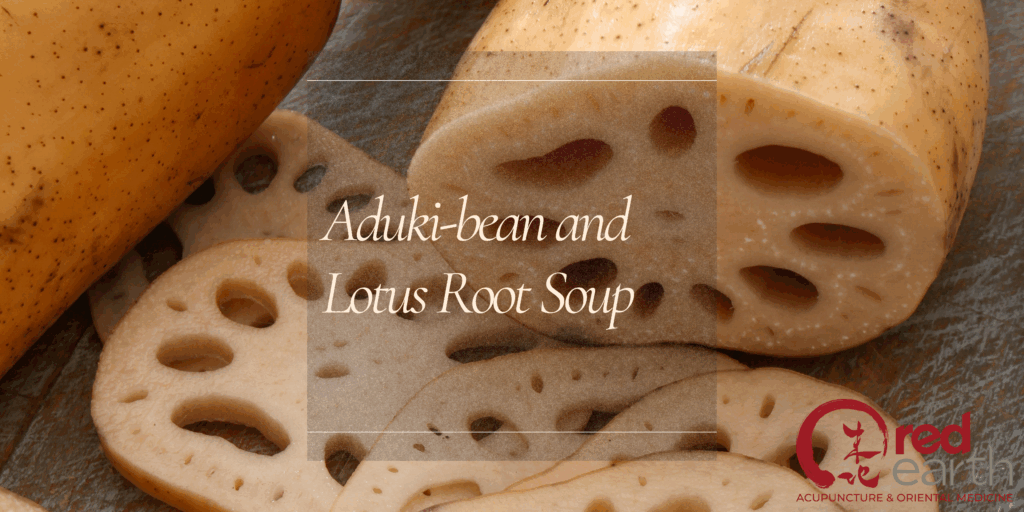May 5–May 20

As we step into Lìxià, the seventh solar term of the year, we officially welcome the beginning of summer in the traditional East Asian almanac. The heat (yang) that has been building through the year is now everywhere. Enjoy. This period signifies a shift in the natural world, as everything living is now alive with movement..
In nature, you’ll observe the vibrancy of life—trees are lush with foliage, flowers are in full bloom, and the air is filled with the sounds of insects and birds. This is a time of growth and expansion, both in the environment and within ourselves.
Embracing the Energy of Lìxià
Lìxià invites us to align with the season’s energy by embracing light and frequent movement, nourishing our bodies, and cultivating balance. As the external heat increases and moves to the outside of our body, it’s essential to support our internal systems, particularly the Heart and Small Intestine meridians, which are associated with summer in Traditional Chinese Medicine.
Seasonal Tips:
- Stay Hydrated: Increase your intake of fluids, such as water and herbal teas, to counteract the heat.
- Eat Lightly: Incorporate more fresh fruits and vegetables, which are abundant during this season, to aid digestion and provide essential nutrients.
- Engage in Physical Activity: Take advantage of the longer days by engaging in outdoor activities like walking, tai chi, or gardening to harmonize with the active yang energy.
- Mind Your Emotions: Summer is associated with joy, but excessive heat can lead to irritability. Practice mindfulness and relaxation techniques to maintain emotional balance.

This soup may seem heavy for a summer meal but it is helpful in regulating fluids, moistening Lungs, and tonifying the Kidneys and keeping the ‘irrigation’ of the channels moving and thus cool. The key to staying cool and avoiding damage to the hear is to keep the fluids moving, find good quality aduki beans in Korean and Japanese markets. They should be deep red, medium-sized and shiny. It is easy to prepare this soup with a pressure cooker, but boiling works. Make a big batch and eat it as a first course 2 or 3 times a week.
Lotus root may be found fresh, vacuum-packed or dried in Asian markets. Dry takes a very long time to rehydrate, but can be used.
This recipe works in early autumn, as well. Replace lotus root with early harvest fall squash (kabocha, butternut or acorn, etc.)
Seasonal Recipe: Aduki-bean and Lotus Root Soup
1 ½ c dry aduki beans
20 grams shan yao (mountain yam)
20 grams bai he (lilly bulbs)
5 c water, vegetable, fish or pork stock
2 medium yellow onions
1 tsp light sesame oil
1 3-inch square of kombu (dry Japanese seaweed)
2 medium-sized lotus roots
1/2 c sake or 2 tsp rice vinegar
tamari soy sauce (to taste)
1 Tb fresh ginger juice (squeezed from peeled and grated fresh root) green onion for garnish
Night Before: Wash herbs thoroughly; soak overnight in acidified water (1 tbsp vinegar to 1 c water). Soak aduki beans overnight in water to cover. (If you pressure cook the soup you can skip the soaking!)
To Prep: Wash kombu is cold water. Peel and dice the onions and set them aside. Scrub and/or peel lotus root, trim off ends and cut in ‘A inch half rounds. Discard bean-soaking water, but use the herb water as part of the measured liquid in pot.
To Cook: In heavy soup pot (or pressure cooker), heat oil and add onion. Saute onions on medium-high heat until golden brown. Do not use salt or soy sauce at this stage. Place beans, kombu, herbs and water (or stock) in the pot (or pressure cooker). Bring to a boil with lid off (even if you pressure cook). Remove any gray scum that comes to the surface of the water with skimmer or sieve (there may be none). Put on lid and lower heat to medium (pressure cook at medium pressure for 25-45 minutes) and cook until beans are tender – a bit soft (~2 hrs). Once beans are soft, remove lid and stir with wooden spoon and continue cooking until soup is thick and creamy. (You may wish to puree part of the soup in a blender or food processor.) Shan yao and bai he are definitely edible – if you used thick sliced shan yao you may wish to retrieve them from the soup and cut them into small pieces.
Once the texture is right, season with good tamari soy sauce, some fresh ginger juice and garnish with finely sliced green onion. Serve in 6 – 8oz servings.
As we transition into summer, it’s an opportune time to support your body’s natural rhythms. Consider scheduling an acupuncture session or herbal consultation to harmonize with the season’s energy.
With warmth,
David
Red Earth Acupuncture
🌐 www.redearthacupuncture.com
**** The recipe is from David’s teacher Liu Ming who was both Japanese and French Classically trained in culinary.
